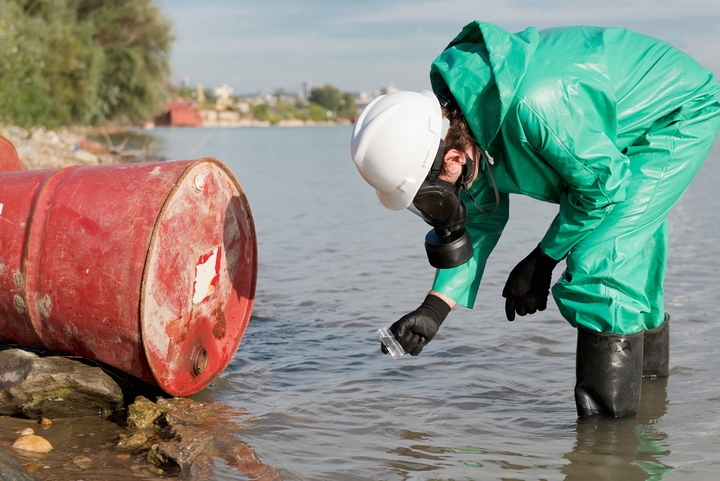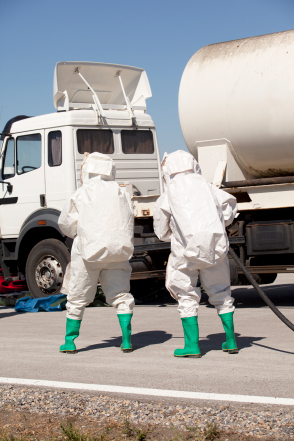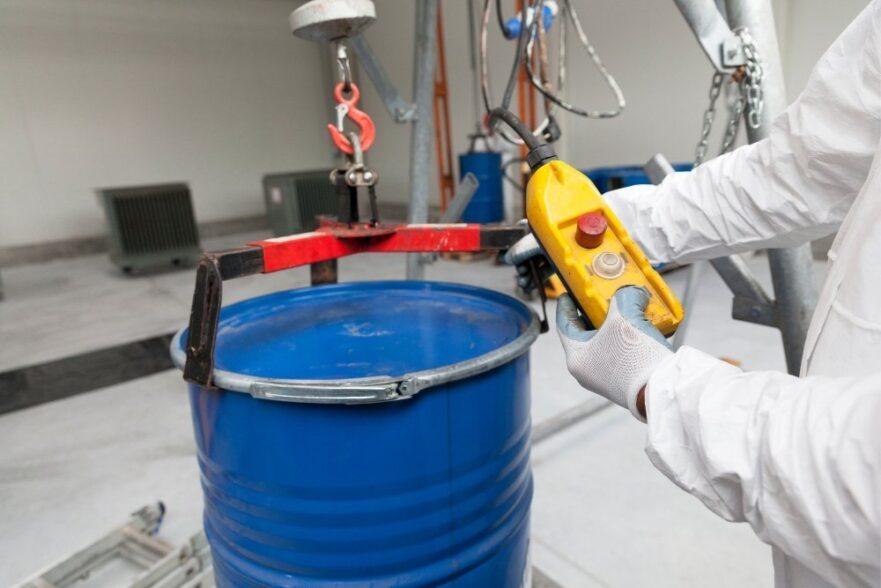Industrial Wastewater Treatment: Custom Solutions for Complex Wastewater Challenges
Industrial Wastewater Treatment: Custom Solutions for Complex Wastewater Challenges
Blog Article
Just How Fluid Waste Disposal Functions: A Comprehensive Review of Strategies and Technologies Utilized

Review of Fluid Waste Types
The complexity of fluid waste kinds necessitates a thorough understanding of their features and ramifications for disposal. Liquid waste can broadly be classified into a number of kinds, including industrial, community, agricultural, and dangerous waste. Each classification displays distinct buildings, requiring specific monitoring strategies to mitigate ecological and health risks.
Industrial fluid waste originates from producing procedures and frequently consists of a series of contaminants, such as hefty metals, solvents, and organic compounds. Metropolitan liquid waste, largely comprising wastewater from houses and business facilities, includes organic issue, nutrients, and pathogens (industrial wastewater treatment). Agricultural liquid waste, including runoff from ranches, might have fertilizers, pesticides, and animal waste, presenting risks to water quality and environments
Harmful fluid waste is identified by its toxicity, reactivity, or prospective to trigger damage. Comprehending these diverse fluid waste kinds is crucial for establishing reliable disposal techniques and ensuring compliance with ecological laws.
Physical Treatment Methods

Testing is the preliminary action, where bigger fragments and debris are eliminated from the fluid waste making use of displays or grates. This procedure secures downstream devices from damage and makes sure smoother procedure. Complying with screening, sedimentation uses gravitational pressure to different solids from liquids. In sedimentation tanks, heavier fragments clear up at the base, developing a sludge layer, while the clarified fluid can be more treated.
Purification is one more vital method that entails passing the liquid via porous materials, such as sand or membrane layers, to capture smaller sized bits. This step improves the quality of the fluid, making it suitable for succeeding treatment procedures.

Chemical Therapy Techniques
Chemical treatment strategies are vital for effectively handling liquid waste, especially in addressing liquified and colloidal impurities that physical techniques might not properly get rid of. These techniques use numerous chemical agents to counteract, precipitate, or transform unsafe substances into much less harmful types.
One usual method is coagulation and flocculation, where chemicals such as alum or ferric chloride are included in advertise the aggregation of suspended bits. This procedure enhances sedimentation, enabling for less complicated removal of the resulting sludge. Additionally, oxidation procedures, using representatives like chlorine or ozone, are employed to break down complicated i thought about this natural substances and virus, rendering the waste much safer for discharge or additional therapy.
Neutralization is another crucial method, which changes the pH of acidic or alkaline waste streams to neutral degrees, protecting against potential harm to downstream systems and the atmosphere. In addition, advanced oxidation processes (AOPs) utilize combinations of oxidants and ultraviolet light to break down persistent contaminants, accomplishing a higher level of treatment effectiveness.
Organic Treatment Processes
Biological treatment processes play a vital function in the administration of fluid waste by using bacteria to disintegrate raw material and decrease pollutant levels. These processes can be broadly categorized into anaerobic and aerobic therapies, each using details microbial areas to accomplish efficient waste deterioration.
Aerobic treatment entails making use of oxygen to assist in the malfunction of natural products by microorganisms. This procedure is frequently executed in turned on sludge systems, where oygenation storage tanks provide a favorable setting for microbial growth, causing the oxidation of natural pollutants. The resultant biomass can be separated from treated effluent through sedimentation.
In comparison, anaerobic treatment takes place in the lack of oxygen, depending on different bacteria to damage down raw material. This approach is especially advantageous for high-strength waste, as it creates biogas, a renewable resource resource, while reducing sludge manufacturing. look what i found Technologies such as anaerobic digesters are often used in commercial and municipal applications.
Both anaerobic and aerobic organic treatments not just reduce the ecological impact of fluid waste but additionally help with source recovery, making them crucial elements of lasting waste management approaches. Their flexibility, effectiveness, and effectiveness sustain their prevalent implementation across numerous sectors.
Emerging Technologies in Disposal
Ingenious strategies to fluid waste disposal are quickly progressing, driven by innovations in technology and a boosting focus on sustainability. Amongst these arising technologies, membrane bioreactors (MBRs) have gotten grip for their capacity to incorporate biological treatment with membrane filtration, resulting in top notch effluent that can be recycled in numerous applications. MBRs make it possible for smaller sized impacts and much more effective operations contrasted to traditional systems.
One more promising growth is making use of anaerobic digestion incorporated with nutrient recovery modern technologies, which not just treats fluid waste yet likewise generates biogas and recoups important nutrients like nitrogen and phosphorus. This double advantage boosts source performance and decreases environmental impact.
In addition, advanced oxidation procedures (AOPs) are being taken on for the destruction of intricate natural contaminants. These methods use effective oxidants and drivers to break down contaminants at the molecular degree, supplying an extremely efficient remedy for difficult waste streams.
Furthermore, the integration of synthetic knowledge and artificial intelligence in waste administration systems is optimizing operational performance and predictive upkeep, causing minimized prices and improved ecological conformity. These innovations show a significant change towards even more reliable and sustainable fluid waste disposal techniques.
Final Thought
Finally, reliable liquid garbage disposal requires a comprehensive understanding of numerous techniques and modern technologies. The combination of physical, chemical, and organic treatment approaches guarantees the reliable administration of varied waste types. Moreover, the emergence of ingenious modern technologies enhances treatment efficacy and advertises sustainability in waste management browse around here methods. By continually advancing these methods, it becomes possible to resolve the growing challenges related to fluid waste, ultimately adding to environmental management and resource healing.
Liquid waste disposal is an important facet of ecological monitoring, requiring an extensive understanding of different methods and innovations tailored to different waste types. Liquid waste can extensively be categorized into a number of types, including industrial, community, agricultural, and hazardous waste. Agricultural liquid waste, including runoff from ranches, may contain fertilizers, chemicals, and pet waste, posturing threats to water top quality and ecological communities.
Numerous physical therapy techniques play an important function in handling liquid waste efficiently - industrial wastewater treatment.In conclusion, reliable fluid waste disposal requires an extensive understanding of various techniques and modern technologies
Report this page